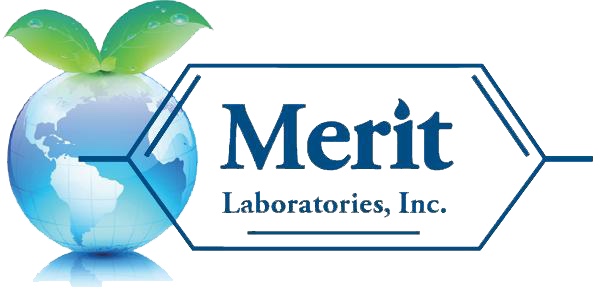The implementation of the the U.S. Environmental Protection Agency’s PFAS Action Plan is one step closer. In the December 4, 2019 Federal Register the EPA published an Advanced Notice of Proposed Rulemaking (ANPRM).
The ANPRM, a required step that precedes a proposed rulemaking, seeks comments for the Addition of Certain Per- and Polyfluoroalkyl Substances; Community Right-to-Know Toxic Chemical Release Reporting. According to the Federal Register, the EPA “is soliciting information from the public as EPA considers proposing a future rule on adding certain per- and polyfluoroalkyl substances (PFAS) to the list of toxic chemicals subject to reporting under section 313 of the Emergency Planning and Community Right-to-Know Act (EPCRA) and section 6607 of the Pollution Prevention Act (PPA).” EPCRA is also known as the Toxic Release Inventory (TRI).
The EPA is accepting comments until February 3, 2020 “on which of the approximately 600 PFAS currently active in U.S. commerce the Agency should consider evaluating for potential addition to the EPCRA section 313 list of toxic chemicals. EPA would also like to receive comments on whether there are data available to inform how to list PFAS, i.e., as individual chemical listings, as a single category, as multiple categories or as a combination of
individual listings and category listings.”
According to the Federal Register the EPA is also seeking comments on the “appropriate reporting thresholds for PFAS. Reporting thresholds should be set at an appropriate level to capture most of the releases of PFAS from the facilities that submit reports under EPCRA section 313.”
The EPA is also requesting any additional information on “human health and environmental toxicity, persistence, and bioaccumulation of PFAS” that may assist in the determining if they meet the EPCRA listing criteria.
Earlier this year, the EPA released its PFAS Action Plan for addressing the Per- and Polyfluoroalkyl Substances (PFAS) challenges facing the nation. The PFAS Action Plan addresses short-term solutions for addressing PFAS and long-term strategies that will help provide the tools and technologies needed to provide clean drinking water and address PFAS prevention and contaminant control at the source.
This Action Plan describes the EPA’s approach to identifying and understanding PFAS, approaches to addressing current PFAS contamination, preventing future contamination, and effectively communicating with the public about PFAS. Priority actions identified in the U.S. EPA’s Per- and Polyfluoroalkyl Substances (PFAS) Action Plan include:
Proposing a national drinking water standard (MCL) for PFOA and PFOS ;
Initiating the listing process for PFOA and PFOS as CERCLA (Superfund) hazardous substances;
Develop interim cleanup recommendations to address PFOA and PFOS groundwater contamination; and
Finalize draft toxicity assessments of GenX and PFBS and additional PFAS toxicity values.
PFAS contamination is being discovered at sites throughout the United States. Polyfluoroalkyl and perfluoroalkyl substances (PFAS) are fluorinated organic chemicals, which include perfluorooctanoic acid (PFOA) and perfluorooctanesulfonic acid (PFOS). PFAS chemicals are persistent and bioaccumulate. Persistent means they do not break down in the environment and bioaccumulate refers to the process of building up over time in the blood and organs.
Merit is a leading PFAS environmental laboratory, analyzing drinking water, soil, wastewater, groundwater, and other sample matrices. Merit is certified for the analysis of PFAS by ISO/IEC 17025. Analytical method certification for PFAS includes drinking water by EPA 537.1 and EPA 537 rev. 1.1 and soil, wastewater, groundwater, and surface water by ASTM D7979 with Isotopic Dilution. Please contact Merit Laboratories for assistance on your PFAS testing needs.

